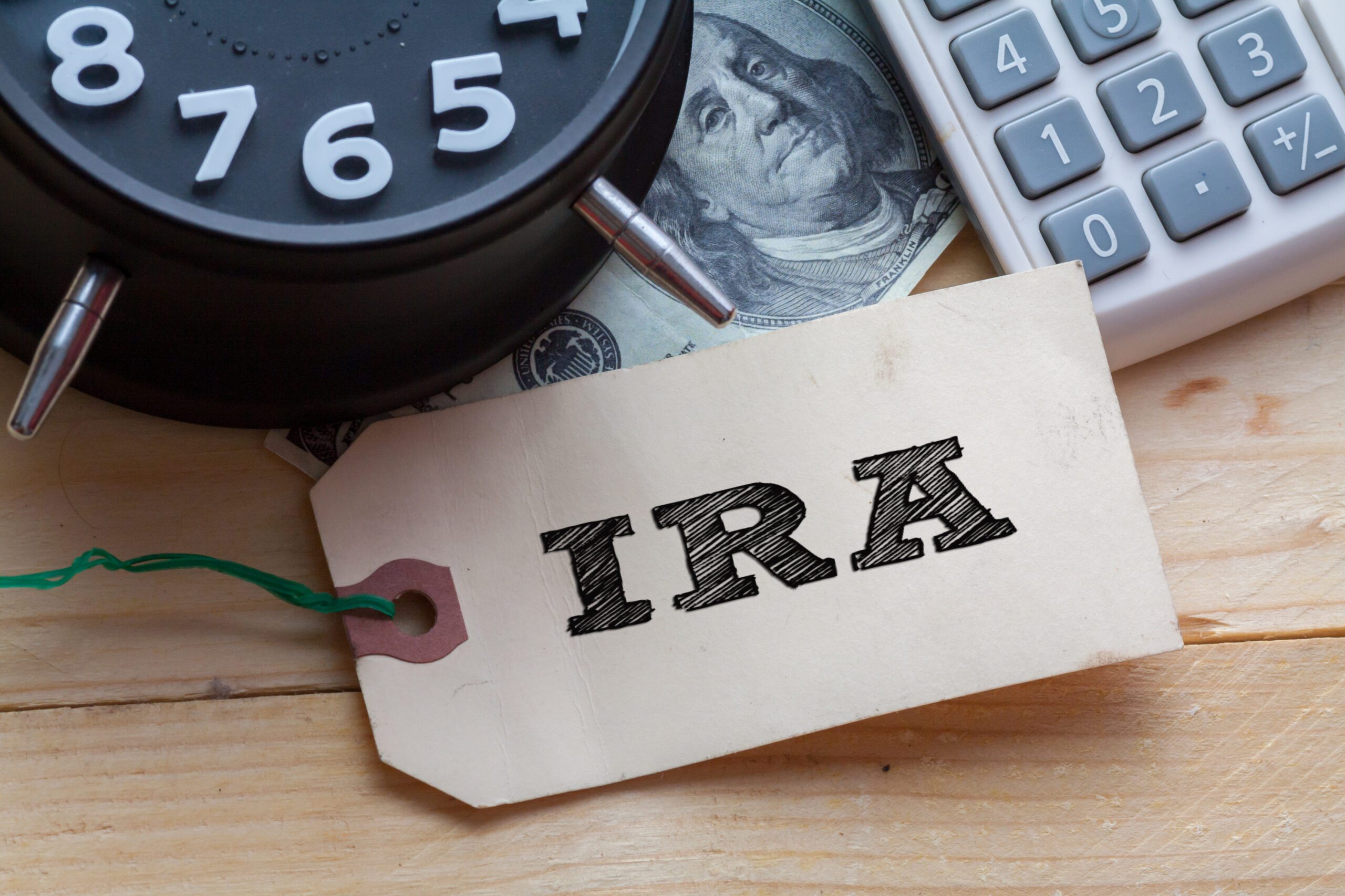Everything You Need to Know About 401k Rollover into an IRA
Steadily investing in your 401(k) is one of the smartest things you can do. In fact, a recent study by Fidelity found that the number of 401(k) and IRA millionaires hit a record high in the third quarter of 2019.
While the 401(k) is the primary savings plan for many workers, it’s important to note that these plans are sponsored by your employer. This means that if you leave your job – either due to retirement or a career change, you’ll have some important decisions to make.
You could leave your account where it is, but a 401(k) rollover to an IRA will give you greater control. However, it’s important to understand exactly how this works so you don’t run into any unpleasant surprises. Keep reading to learn the answers to the most commonly asked questions about 401(k) rollovers.
What Is a 401(k) Rollover?
Let’s start at the very beginning. A 401(k) rollover is a direct transfer of the money in your 401(k) account to a new 401(k) plan or an IRA account.
There are many reasons to take advantage of this option. First, when you do this, your money remains tax-deferred. This means that you won’t pay taxes on the income or capital gains in the account until you start taking withdrawals.
In addition, it will give you greater control and a wider range of investment options. Consolidating all of your retirement accounts into a single IRA can also simplify your investment management. It’s easier to keep track of everything and make smart investment decisions when all of your money is in one place.
How Do You Roll a 401k Over Into an IRA?
Once you understand the benefits of a 401(k) rollover, the next obvious question is – how do you do it? This might seem pretty straightforward, but even an innocent mistake can cost you significantly. You must complete your rollover correctly or you could end up owing the IRS taxes and penalties.
First, it’s important to note that there are different types of IRAs, and you can only make a tax-free rollover into certain ones. Rolling into a traditional IRA or a SIMPLE IRA will allow you to retain tax-deferred status and won’t trigger a taxable event.
However, if you roll your 401(k) into a Roth IRA, you’ll owe taxes on the entire balance at the time the rollover occurs. There are some possible benefits to doing this, but you should always consult both a financial advisor and a tax professional before considering this option.
For the purposes of this article, we’ll assume you’re rolling your 401(k) into a traditional IRA. In this case, the steps are as follows:
- Open your new IRA account
- Inform your 401(k) provider that you want to make a direct rollover
- Complete and submit the necessary paperwork
- Wait for the money to arrive in your new account
- Choose your investment allocation
That’s it! While the process is simple enough to do on your own, many people prefer to consult with a professional financial advisor who can guide them through the process. This will help ensure that everything goes smoothly and give you a team of professionals to intervene if you run into any problems.
A financial advisor can also help you choose the ideal investment allocation based on your risk tolerance and goals.
Can I Move My 401(k) to an IRA Without Penalty?
As long as it’s done correctly, there should not be any penalties involved when rolling a 401(k) into an IRA. However, there are some common ways that things can go wrong. You’ll want to make sure you’re using the correct terminology when requesting your rollover and, if possible, avoid taking receipt of the funds.
The safest method for rolling a 401(k) into an IRA is a direct custodian-to-custodian transfer.
When you initiate your rollover this way, you never actually take receipt of the funds. This will eliminate the chances that your intended rollover could be considered a withdrawal.
Another option is to accept a check from your 401(k) and then deposit into your IRA. However, if the check is made payable to you (versus to the new custodian) then you only have 60 days to deposit the exact amount that was distributed into your new account. Otherwise, it’s considered a taxable distribution.
If you’re under 59 ½, your distribution is considered non-qualified and will come with a 10% early withdrawal penalty.
Requesting a check from your 401(k) can create other problems. It’s common for your 401(k) provider to automatically withhold 20% and send it to the IRS. Unfortunately, the IRS will see this as a distribution. Unless you can come up with the money to put back in your account before the 60-day time period is over, you’ll owe taxes and penalties on it.
Next Steps
After you submit your rollover paperwork, it’s important to keep track of the funds and ensure that they all arrive in your new account. Sometimes, certain holdings can’t be transferred and you’ll need to authorize a sale before the money can transfer over. If you’re not paying attention, this could delay your rollover.
Once you’ve confirmed your transfer is complete, you’ll want to make sure your money is reinvested into an appropriate allocation as soon as possible. Working with a professional will help ensure that you choose the appropriate allocation.
Considering a 401(k) Rollover to an IRA?
For many people, a 401(k) rollover to an IRA is an excellent choice. However, before making any major financial moves, it’s a good idea to talk with a professional. This will help ensure that you’re making the best decisions for your unique circumstances.
Journey Financial Services offers a free financial audit, which includes an analysis of your current portfolio and answers to common investment questions. Contact us today to schedule your appointment.








